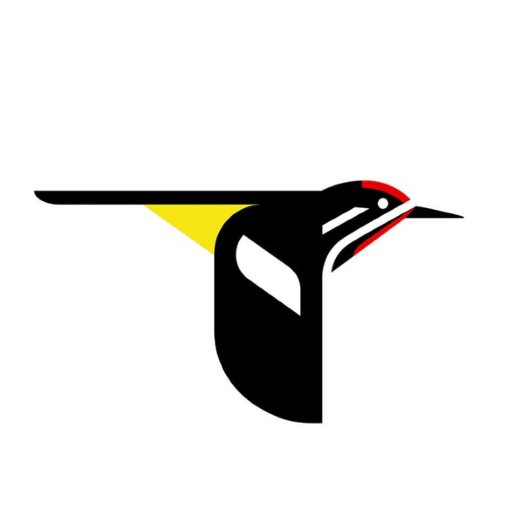
@CornellBirds
A world leader in the study, appreciation, and conservation of birds and biodiversity. | We’ve been “tweeting” since 1915. | Try our free @MerlinBirdID app.

@CornellBirds
A world leader in the study, appreciation, and conservation of birds and biodiversity. | We’ve been “tweeting” since 1915. | Try our free @MerlinBirdID app.